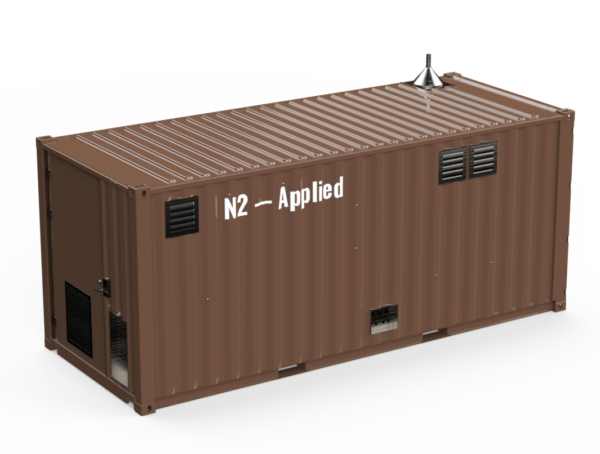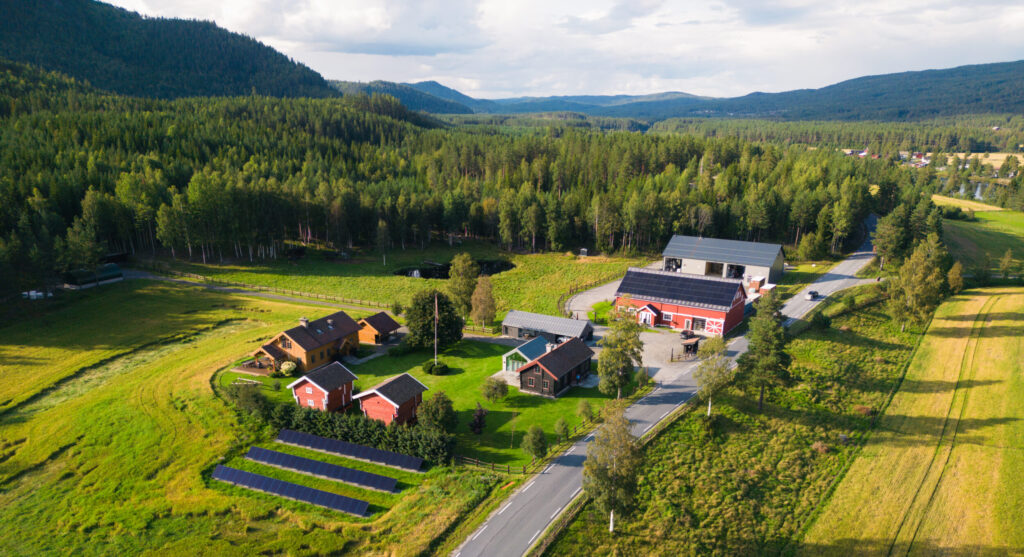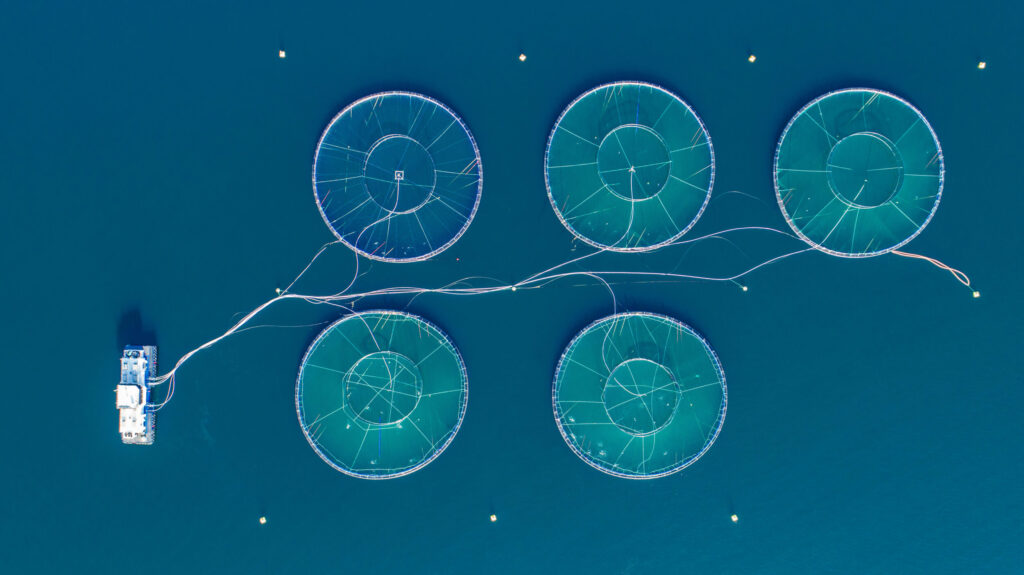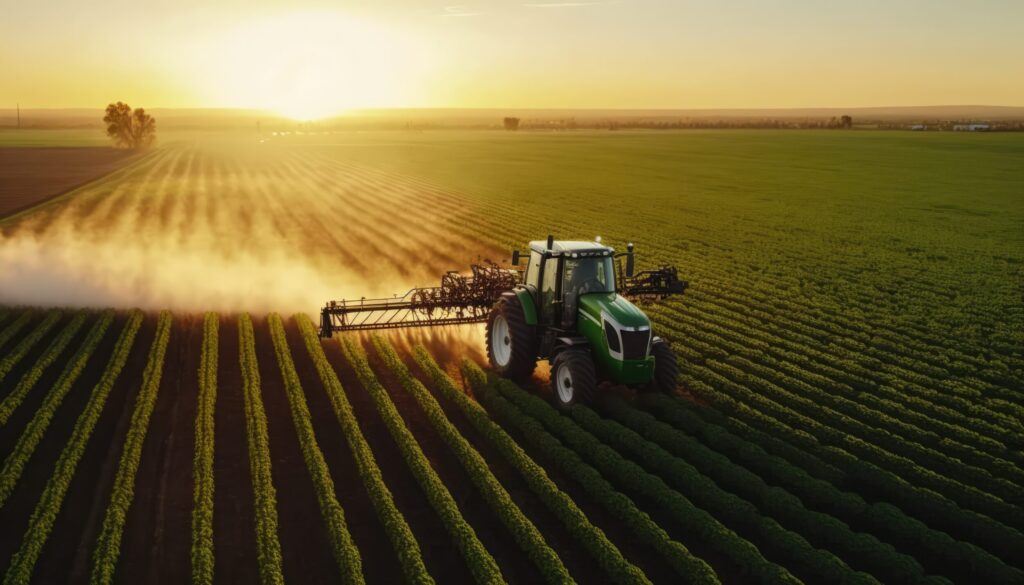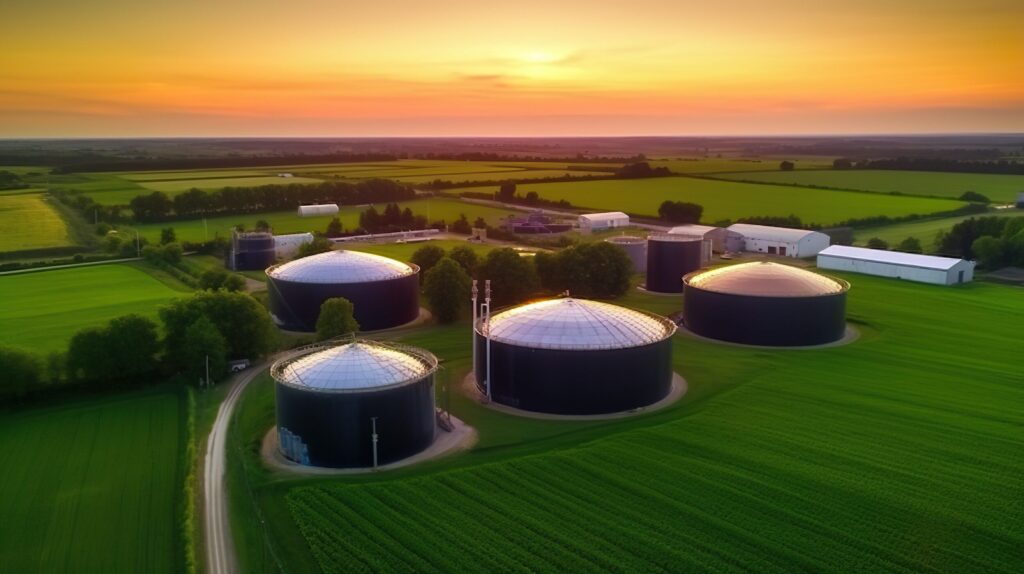THE N2 PLASMA TECHNOLOGY
Plasma treatment of organic material is a new method for reducing ammonia and greenhouse gas emissions while simultaneously increasing the nitrogen content in the organic material
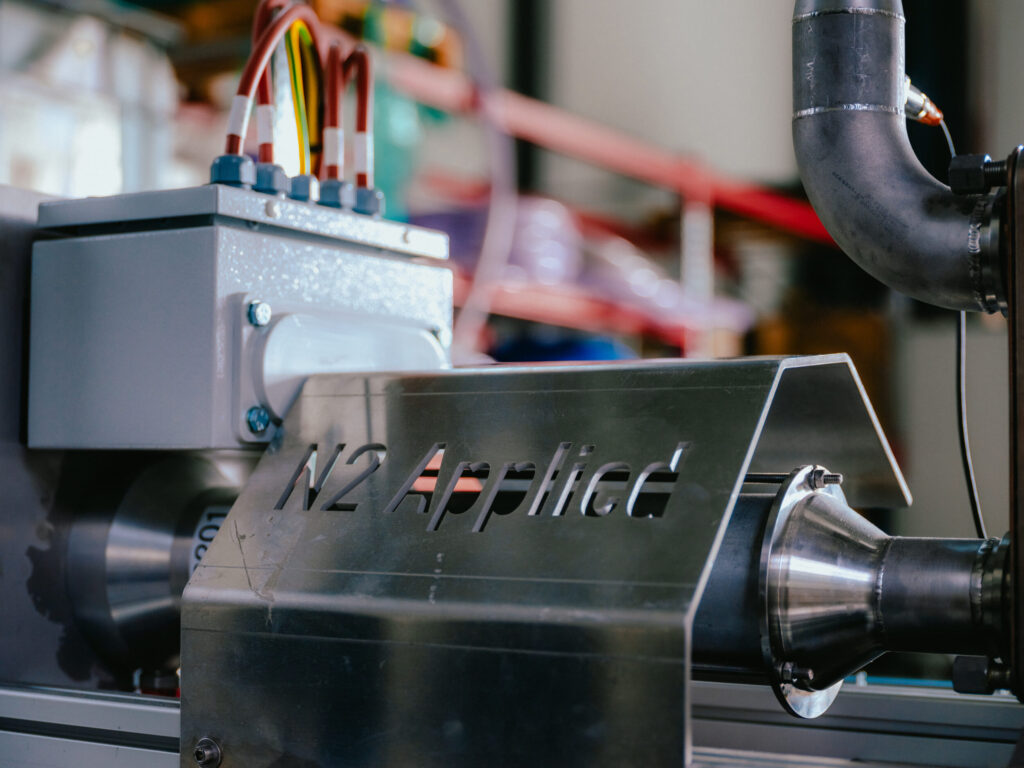
THE PROCESS
The process comprises two steps: plasma treatment and absorption.
Step 1: Plasma – Electricity is used to split the nitrogen (N2) – and oxygen (O2) molecules in air. The atomic nitrogen (N) and oxygen (O) then recombine and form a reactive nitrogen gas.
Step 2: Absorption – the reactive nitrogen gas is absorbed into the liquid phase of an organic material, e.g. livestock slurry or biogas digestate, and is converted to plant available nitrogen
The reactive nitrogen both enriches the organic material with plant available nitrogen and stabilises the ammonium nitrogen, which reduces nitrogen losses. By inhibiting microbial activity, the plasma treatment also eliminates the formation of the potent greenhouse gas methane, and ensures that the organic carbon and nitrogen is not consumed during storage but makes it way to the field where it provides long-term soil health benefits.
Nitrogen is, and has always been, a vital nutrient to help feed the planet.You can read more about the history of nitrogen and fertilisers here:
TECHNOLOGY DEVELOPMENT AND R&D AT N2
N2’s Applied’s R&D activities and technology development focuses on four main areas:
PLASMA
Plasma Technology, is a core part of the N2 process. Optimising the reactor for reactive nitrogen production is a main R&D focus.
ABSORPTION
The absorption process is where reactive nitrogen is converted to quality fertilisers. Developing efficient absorption technology is a core R&D area.
AGRONOMY
Aimed at validating the NEO fertiliser and applications.
CLOUD & CONTROL SYSTEM
Software for controlling the machines and R&D equipment, and cloud for data collection, visualisation and analytics.
APPLICATIONS AND MARKET SEGMENTS
LIVESTOCK FARMING
The N2 Plasma Technology runs machines placed locally on livestock farms. Our technology enables local production of fertiliser using only livestock slurry, air and electricity – dramatically reducing harmful emissions and improving yield at the same time.
The N2 technology adds nitrogen from the air into slurry, which increases the nitrogen content. The reaction prevents the loss of ammonia and eliminates methane emissions, making it a real solution helping to achieve climate target commitments on an industrial scale.
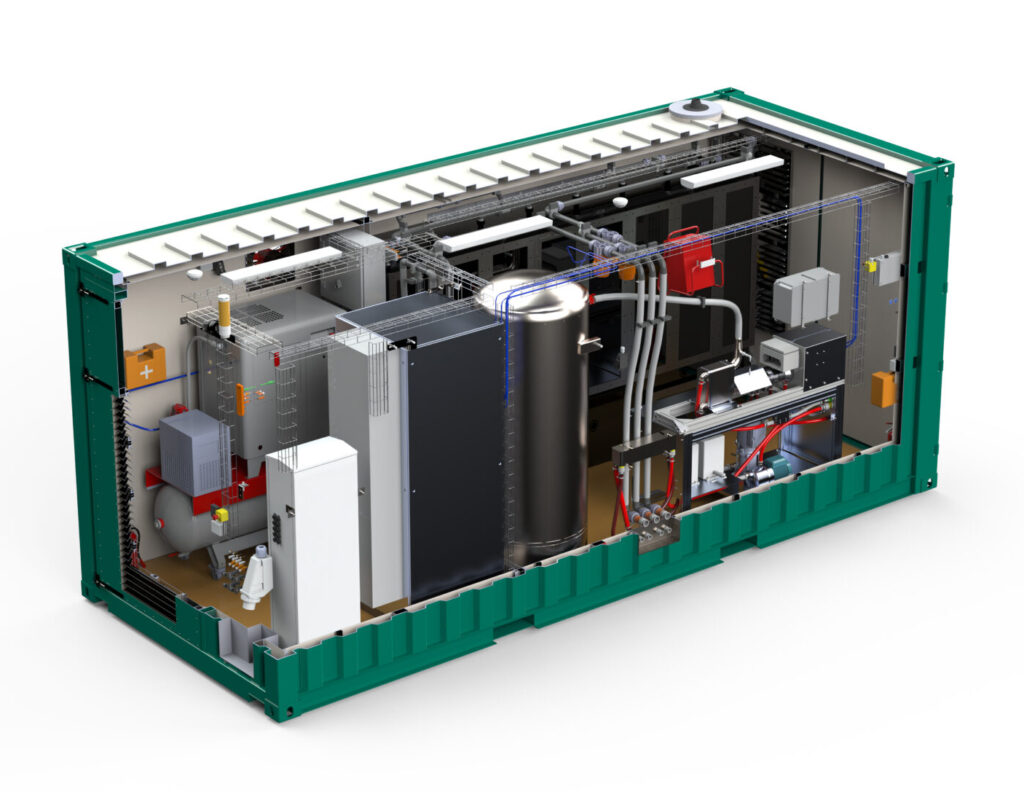
The end-product is a nitrogen enriched organic (NEO) fertiliser, which has the same characteristics as normal slurry, but contains more plant-available nitrogen and has significantly less emissions. It can still be spread using existing farm equipment, enabling farmers to improve their own food production, reduce the need for chemical fertiliser, and make farming more circular.
The machines are the size of a shipping container and easily integrated into existing farm infrastructure. Liquid manure is treated continuously prior to storage for application at the right time. A typical set up might be between the shed where livestock is kept and the manure storage.
N2 Applied has partnered with GEA to commercialise the technology in the dairy and beef sector. GEA is now manufacturing machines using our technology ready for installation on dairy farms around the world. Information on the GEA ProManure E2950, can be found here.
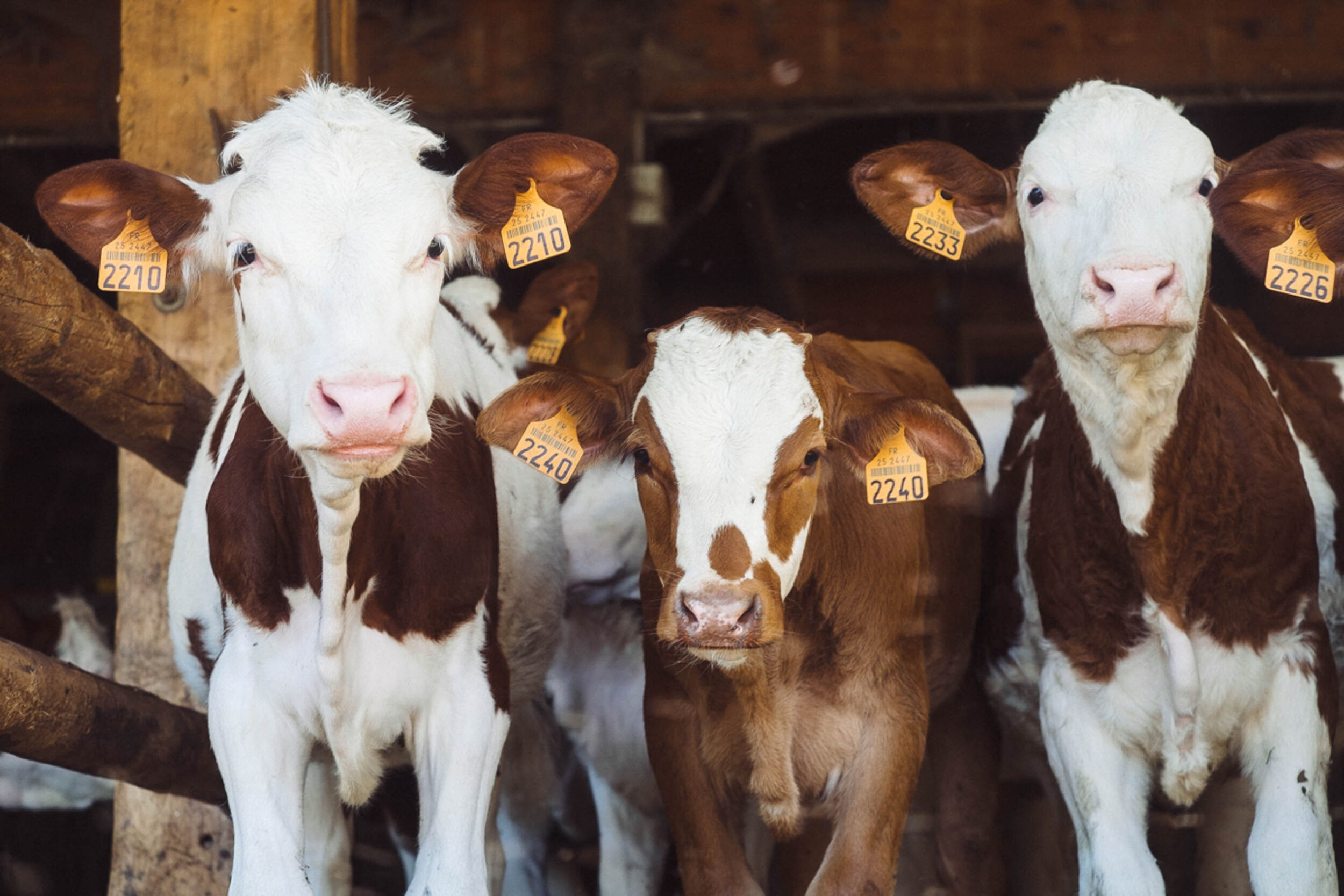
OTHER MARKET SEGMENTS
As the N2 plasma technology can use different forms of liquid matter as feedstock, the technology has numerous applications. In addition to livestock farming, the technology can be utilised in sectors such as arable farming, aquaculture, and biogas. Combining biogas and the N2 technology can increase the environmental benefits by upgrading the bi-product, biogas digestate, to a power nitrogen fertiliser and stopping the remaining methane production and ammonia emissions.
The technology offers a real-world solution for the agri-food industry to meet consumer demands and their own sustainability targets. Future potential applications include ammonia scrubbing, artificial proteins and creating valuable fertilisers from waste streams, dust and ashes.
